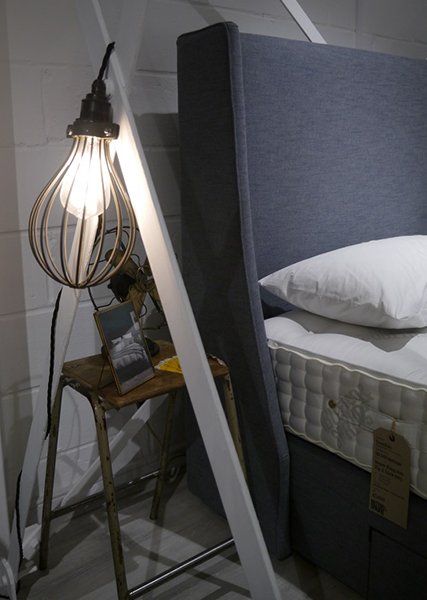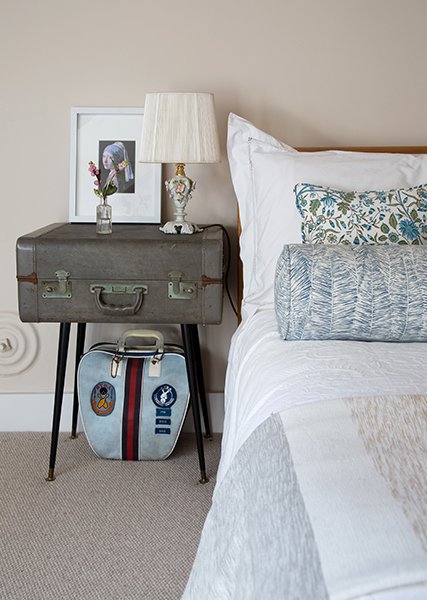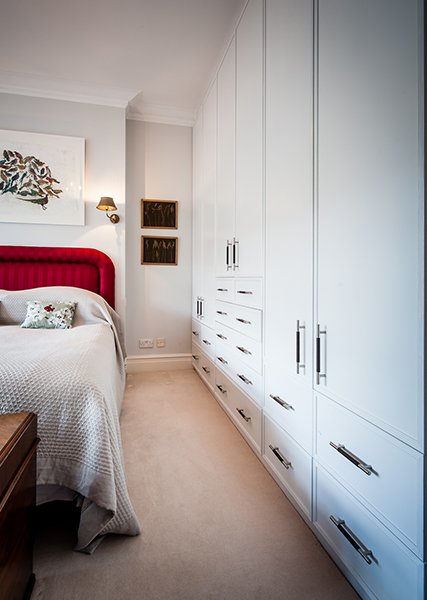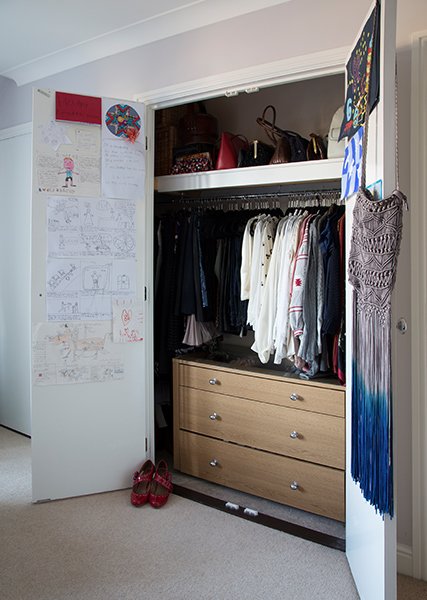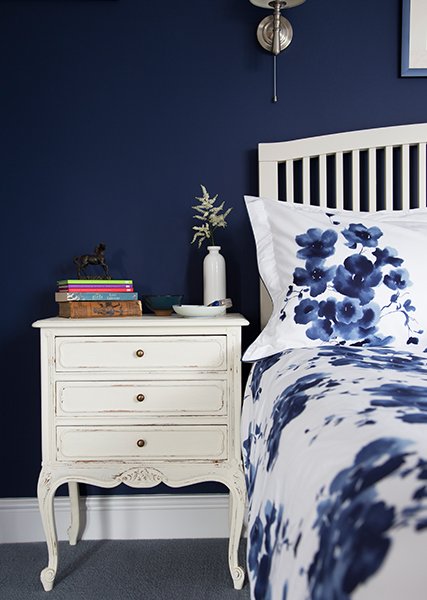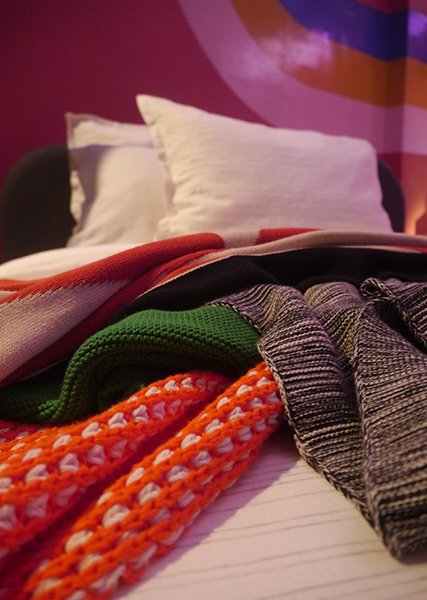Design your bedroom for a better night's sleep
Read estate agents’ details and a house is broken up into rooms with functions: reception rooms, family kitchens, bathrooms and bedrooms. We know what all these rooms do and often guess at how we will live our lives in them. The bedroom speaks to us of life’s simple pleasures. Of sleep, sex and clothes storage. It marks the beginning and end of every day in our life. It can sometimes appear to be the room less used in our homes but with sleep filling a third of our lives perhaps it is a lot more significant than we thought.
Let’s start by talking about the relevance and science of sleep. Our bodies need sleep; without it we just don’t function as well and we can easily become overwhelmed. Extreme sleep deprivation at its worst can lead to depression with science even citing it as a possible cause of Alzheimer’s and cancer. Holy Moly, that’s bad!
My question as a designer is how can we take all this science and create better places for us to live in? After all, a better designed bedroom could make a huge difference to how we sleep and therefore how we feel.
The key is understanding how our bodies work. All living things have a Circadian Rhythm which is roughly a 24 hour cycle our bodies go through which influences when we want to eat, wake and sleep. Humans are Diurnal animals which means our Circadian Rhythm is programmed to have us awake during daylight and asleep during the night. Our body knows when and how to do this by external cues such as SUNLIGHT and TEMPERATURE. With me so far?
The answer to better sleep is to design our bedrooms to encourage our bodies to go through this Circadian Rhythm and make our bedrooms a haven for sleep.
So what should we be looking at?
Light
With our body programmed to sleep when it gets dark, to switch off and go to sleep it needs to go through the process of powering down. This used to be stimulated by the sun setting and it becoming dark. Not so easy now as we head indoors and switch on the lights, fooling the body into thinking it’s still day.
To help you step back into the natural process of stimulating sleep, have softer lighting in your bedroom and fit dimmer switches so you lower those lights down as you go through your night time routine. This allows us to reduce our exposure to light 30 minutes before going to bed, basically faking twilight. When you settle into bed, keep a softer light bulb in your bedside lamp. Just enough to read by should do the job.
Going dark with your colour scheme helps in creating night time indoors and use blackout lining on your curtains and blinds. However, do be aware that you don’t want to seal every aspect of light from coming through as at the start of the day we require natural morning sunlight exposure. Circadian Neuroscientist Russell Foster states in his Ted talk “Light exposure in the morning is very good at setting the biological clock to the light-dark cycle”. Allowing dawn’s light to come through the sides of the curtain will gently rouse you for the day.
Comfort
How can we relax and drift off to sleep if we aren’t comfortable? Our beds serve a vital role in our sleep and picking the right mattress and pillow are essential. Taking the time to go and try a mattress in store makes all the difference to picking the right one for you. The same is true for pillows. Keep your mattress in good health by turning it regularly and replacing it when needed. It is thought that a regularly used mattress will reach the end of its life between 5-10 years, after which it won’t give the comfort and support you need. With your linens and duvet, buy the best your budget will allow and step away from the synthetics as they can over heat you.
Remove Stimulants
Relaxing before bed puts you in the right zone for heading off to the land of nod. Remove gadgets from the bedroom, including TVs. It is recommended that you stop using all gadgets one hour before going to sleep as these keep your brain active which makes it hard for it to switch off quickly. The BLUE LED light emitted from mobile Phones, iPads and laptops acts as a stimulant. Go “Old School” with an alarm clock, landline phones and a real book next to your bed and have your devices charging in the kitchen instead of temptingly by your bed.
Stay Clutter Free
Clutter is also a sleep killer as well as a mood killer. It has been shown that clutter can be stress inducing, with cortisol readings the same as post-traumatic stress disorder. Which means our body’s hitting a fight or flight situation as we trip over unsorted clothes. Keep the bedroom simple. The best way to keep it under control is to only have things you need in there. Wardrobes are for clothes storage not boxes of mementoes.
Temperature
Where most of us think cosy and warm makes us sleep well, in fact it is the opposite. Our body temperature needs to drop to stimulate sleep with Neuroscientist Matthew Walker, the author of “Why we Sleep”, recommending a room temperature of 18.3°C. This need goes back to our Circadian Rhythm which was designed to react to the lower temperatures of night time to take its cues for sleep time. Set your thermostat to this temperature to be reached by the time you are going to bed. Have bedding that keeps you at an optimum temperature. Hot and sticky is not the way you want to go.
Though I know some find blue an unappetising colour for bedrooms, I think it’s a great choice. It is relaxing, gives a feeling of space and also that “coolness” people are nervous of is exactly what we need. If blue isn’t your bag then pick something else from the cooler end of the colour wheel. A red bedroom might sound sexy but is a disaster for mind and body!
Taking time and care with your bedroom design will allow your bedroom to take care of you as you drift off and, as William Shakespeare wrote, “enjoy the honey-heavy dew of Slumber.”
Good night and sleep tight!


